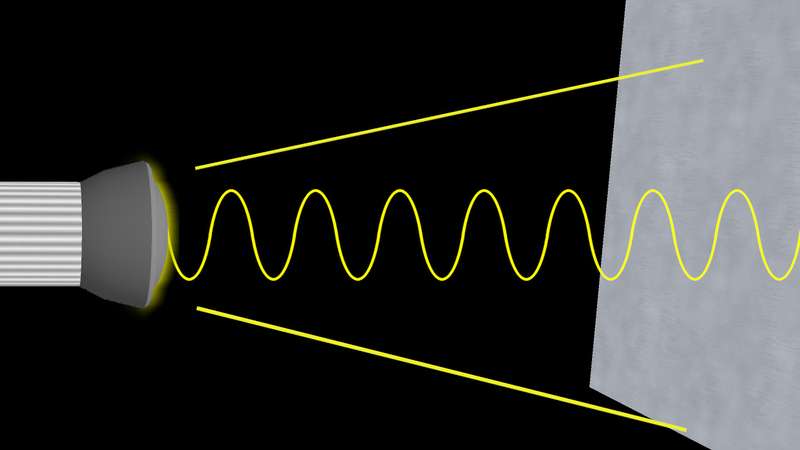Properties of Light and Photoelectric Effect

Light
Light or visible light is the electromagnetic radiation that helps us to see the objects around us. Light is a form of energy. There are different theories proposed by scientists that explain the nature of light.
Properties of Light
Reflection
Reflection is the property of light by which light travelling in one medium bounces back to the same medium when it is incident on the surface of another medium. This phenomenon follows the laws of reflection. The laws of reflection are the incident light, reflected light, and normal will be on the same plane and the angle of incidence will be equal to the angle of reflection.
Refraction
The bending of light due to the change in the speed of light as it passes from one medium to the other is called refraction. The laws of refraction state that the incident light, refracted light and normal will be on the same plane and the ratio of the sine of the angle of incidence to the angle of refraction will be a constant for the given pair of medium and the light of the given wavelength.
Dispersion
Dispersion is the phenomenon seen during the formation of the rainbow. The splitting of white light into constituent colours is known as dispersion. It is caused due to the change in speed of light because of the deviation of each wavelength by a different angle.
Interference
During interference, there is a change in the intensity of light. This phenomenon occurs due to the superposition of two or more light waves.
Diffraction
It is the phenomenon of spreading of light around obstacles. Light bends when it passes through the corner or the through the slits.
Polarization
Polarization is the phenomenon by which light is made to vibrate in a particular plane.
Scattering of light
When the light rays fall on gas molecules and dust particles it gets deviated from the original path, this phenomenon is called the scattering of light. Other properties of light are that it travels in a straight line path with a speed of 3 x 108 m/s. The speed of light is much more than that of sound. When the light is blocked by the objects shadows are formed.
Photoelectric effect
The process of emission of electrons from the metals when they are hit by light of appropriate frequency is known as the photoelectric effect. The electrons emitted during the process are called photoelectrons. The minimum required frequency of the incident light is called threshold frequency. The minimum wavelength of the incident light is called threshold wavelength.
Characteristics of Photoelectric effect
- Different materials have different threshold frequency
- The kinetic energy of the photoelectrons depends on the intensity of light
- The frequency and the stopping potential are directly proportional and it happens instantaneously
- The photoelectric current is proportional to the light intensity
Application of Photoelectric effect
- In solar panels to generate electricity.
- Used in lighting sensors of smartphones.
- In digital cameras to detect and record light.
In burglar alarms, photoelectric cells are used.









